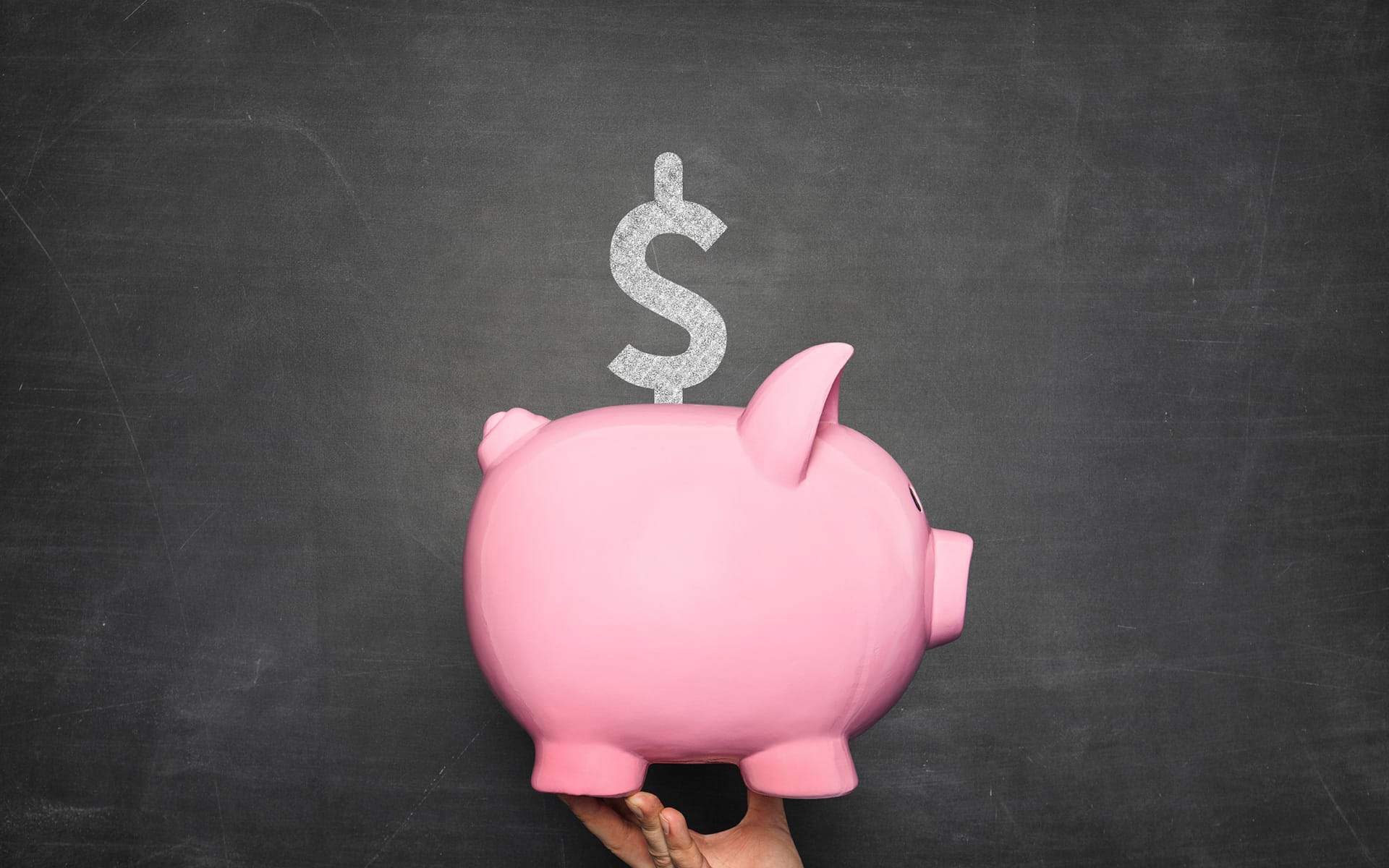Imagine packing up your car for a trip, backing out of the driveway and you realize you have no gas or destination. Of course this would never happen because you would have spent time planning your trip, getting the needed maps, setting the GPS, and filling up the gas tank before leaving. You also made sure you had enough money for an unexpected side trip or car troubles. In other words, you set your goals, had a plan and an emergency fund set aside. So how do you relate this to retirement planning?
A recent study indicated that 49 percent of people don’t save for retirement. Even those saving today may be planning on extending their work years since they fear they won’t have enough assets at retirement. Here are three easy steps to get started on your retirement journey.
Create Your Roadmap
Create your trip towards retirement. View retirement as the goal and plan accordingly. What age do you want to retire? How much income will you need? What stops will you make along the way? Start a family? Buy a house? Are there others dependent upon you such as a parent? Obviously things will change between now and retirement. But not planning will only lead to failure. You need to address your goals and make the needed adjustments along the way.
Start Early and Often
During life’s journey, many things will change. Chances are you won’t know what type of retirement lifestyle you will want until you get closer to retirement. Some people may not figure it out until they are a few years into retirement. The one thing you do know is that if you are like most people, eventually you will want to retire. It’s never too early to start saving for retirement. When you get that first job, put a few dollars away in a retirement plan. Imagine the 16-year-old child working part time and saving just $100 month until age 66. At five percent rate of return, that $100 per month will be worth $266,865. Let’s assume that money was put in a Roth IRA, and then when they begin withdrawing, the money will be completely tax free. Eventually, the 16 year old will be making more money and be able to save more than $100 per month. Periodically look at your budget and make sure you are paying yourself first by putting money away for the future. As your journey continues, chances are there will be bumps along the way that may make it difficult to save. If you started early, you should be able to get through the rough stretches of road. The lesson learned here is that even small amounts can build up over time. The longer you wait the harder it becomes to build the retirement nest egg you need.
Taking Risk
Based on the experiences of the past few years, many investors are afraid to lose money. By not taking risk, you may be losing money without realizing it. As inflation goes up each year, you need your money to keep pace, otherwise you lose buying power. So even though the principal is intact, the purchasing power will be decreasing. When you are younger take higher risks with money set aside for retirement. As you get older, start to be more conservative. Keep in mind that people are living longer so you should keep some equities in your portfolio even in retirement.
Being that you will have different goals to plan for at the same time, money earmarked for shorter term goals should be more conservative. As a rule of thumb, money that you will need in two years or less, should probably be kept in a safe savings or money market account. As you look at your other goals, diversify accordingly. By following this guideline, this should lead to a diversified portfolio.
Retirement planning can be difficult, but needs to be addressed. Reach out to a CERTIFIED FINANCIAL PLANNER™ professional from FPA who can assist you in planning your life’s journey.
FPA member Scott M. Kahan, CFP®, is president and founder of Financial Asset Management Corp., a fee-only Wealth Management firm in New York City.





















